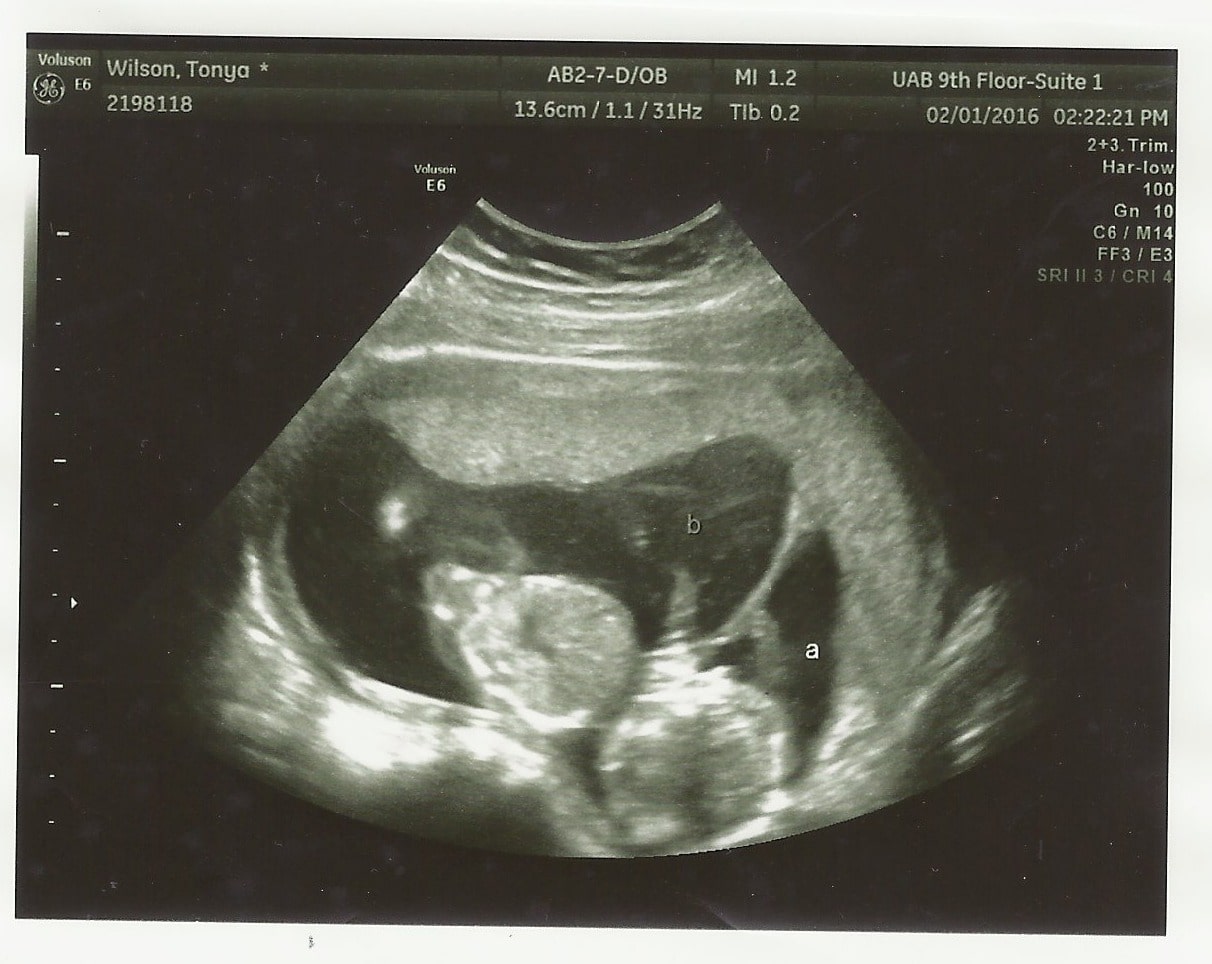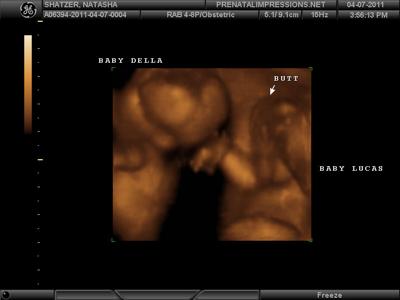

Our PCR technology has the ability to detect the presence or absence of male Y chromosome in the blood sample provided starting at 9 weeks into pregnancy. SneakPeek’s early baby gender blood test utilizes the natural process of shared fetal DNA circulating inside the mother’s bloodstream. The laboratories offer the fastest turnaround times in the industry, with a choice of receiving your result the same day the sample reaches the SneakPeek Lab.
3d scan 15 weeks pregnant full#
The full service includes an on-site phlebotomist that draws a blood sample in the comfort of the ultrasound studio, and then returns the sample to SneakPeek Labs for processing. The genetic test gives you the first step to connect with your baby before you are able to see the exciting clear images from your ultrasound scans. SneakPeek Clinical is an early gender DNA detection test offered to women starting at 9 weeks into pregnancy. We will spend some time saving images for you to take home. Once we have done that, we would then turn back on the projector and let you see your baby kick and move. In that case, we would turn off the projector screen while we find the gender and then we would put the gender pictures in an envelope so your family and friends can plan your big reveal. Unless of course you are planning a gender reveal party. When we do see the gender of your baby, we will announce the gender and point it out on the screen for you to see. Depending on the position of the baby, we will either look at the gender first or listen to the heartbeat. And actually, in order to obtain a 4D or HD image, we have to begin with 2D. This is because gender is ALWAYS determined in 2D.

Once we start scanning, you will see the baby first in 2D (even if you came in for a 4D/HD ultrasound). Your family will be able to see the ultrasound on our large projection screen and get to share in the excitement with you. Becoming a big sister or big brother is also very important, so we always welcome little ones to come to your appointment with you. When it is time for your scan, you will be taken into a warm and inviting large room with plenty of room and couches for family and friends to sit and watch with you. Before your scan begins, you can expect to walk in the door and be greeted by our wonderful staff at the front desk who will help make you feel at home and comfortable while you wait (anxiously). You may be wondering what to expect when you come for gender determination at Early Images since this will probably be your first visit with us.

What to expect during your gender determination visit. Once we see the gender though, we don’t stop there we keep scanning and look at the gender from a few different angles to make sure we determine the gender correctly. Most of the time we can see the gender within a few minutes. How long will it take?- this will greatly depend on the position of the baby. The most common questions we get asked are “how early can you determine gender?” The second question being, “how long will it take to see the gender?” We can determine gender starting at 15 weeks, normally with ease. But, CVS does carry a slightly higher risk of complications in comparison to an amniocentesis.This is a very exciting point in pregnancy and often comes along with a lot of anticipation and excitement from mom and family. An advantage to CVS over amniocentesis is that the procedure can be performed earlier in a pregnancy, around 10 weeks. For a CVS, a thin, plastic tube is inserted into the abdomen or through the vagina in order to collect a small sampling of placental tissue. Similar to the amniocentesis, the physician uses ultrasound imaging as a guide while performing the procedure. Another highly accurate prenatal chromosomal test is called Chorionic Villus Sampling (CVS). Any pregnant woman may request an amniocentesis, but patients considering the procedure should discuss the risks and benefits of the procedure with a physician or genetic counselor. In a small number of pregnant women, an amniocentesis can result in complications, including the loss of the pregnancy. But an amniocentesis is not without risks. Physicians often use ultrasound imaging to help guide the needle away from the baby, the umbilical cord, and the center of the placenta. Patients generally feel very little discomfort during amniocentesis procedures.


 0 kommentar(er)
0 kommentar(er)
